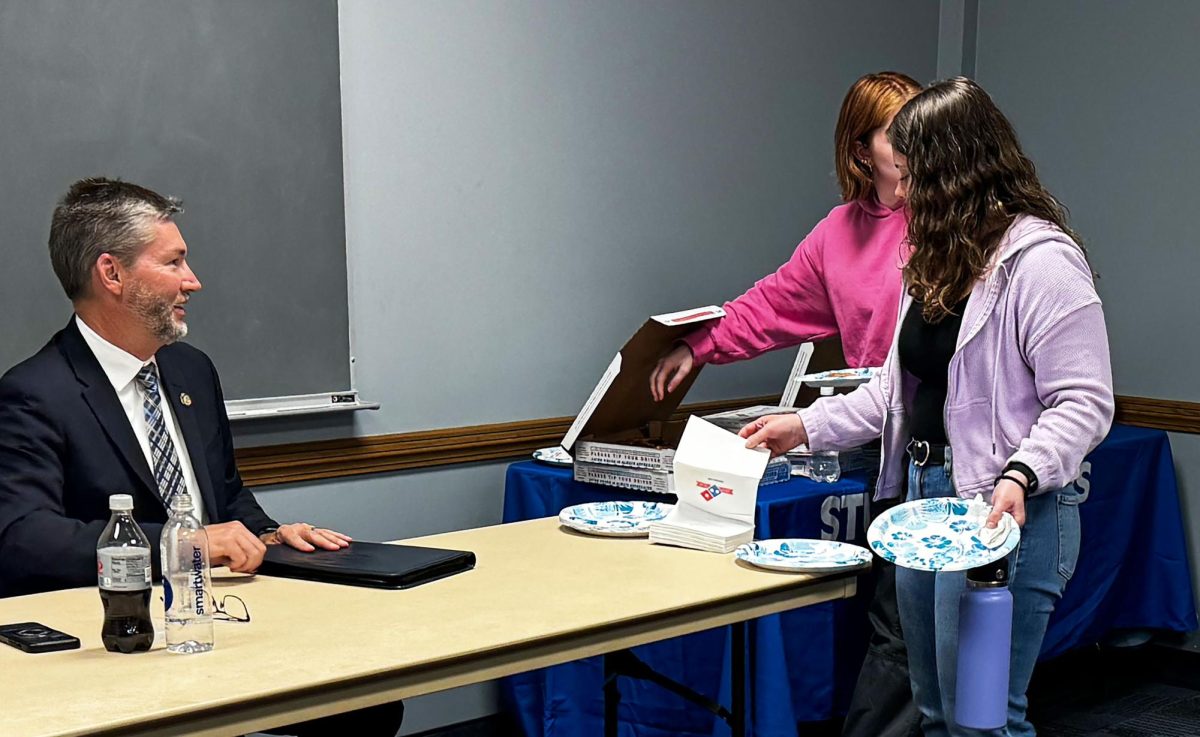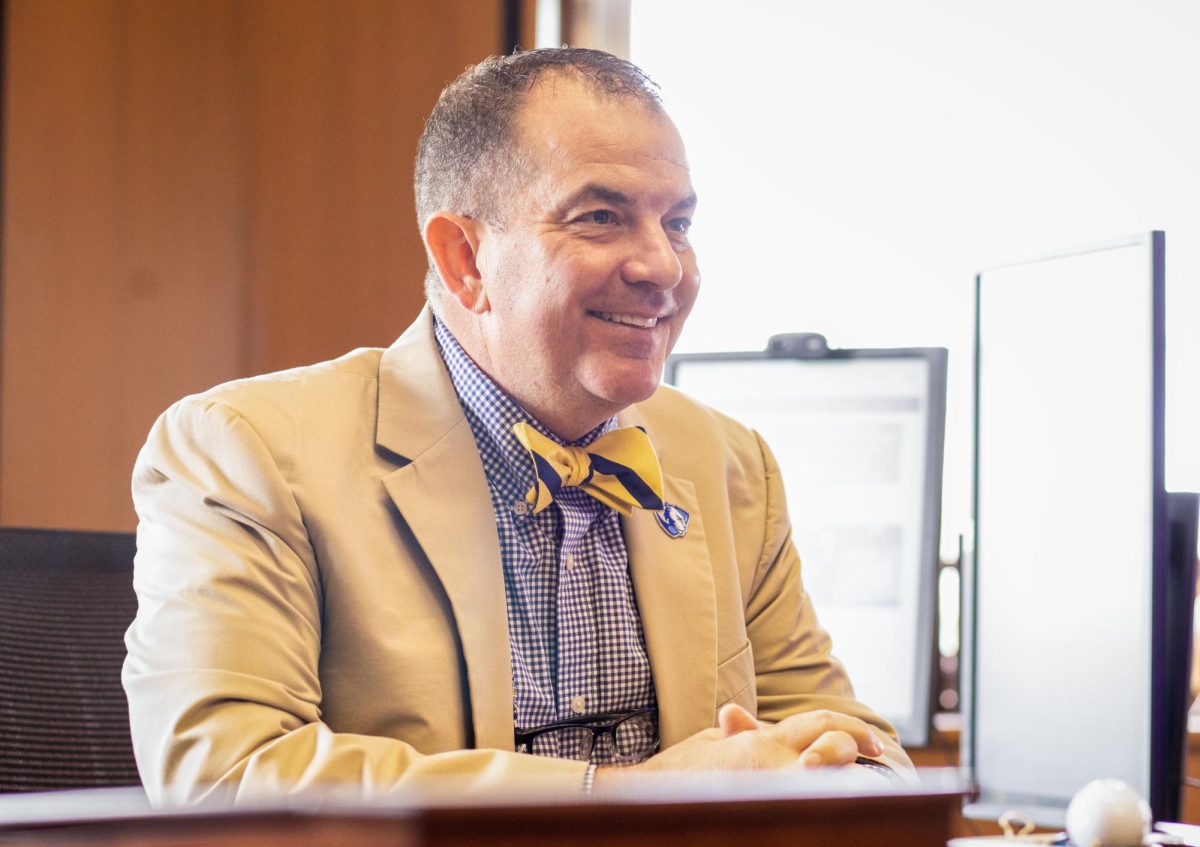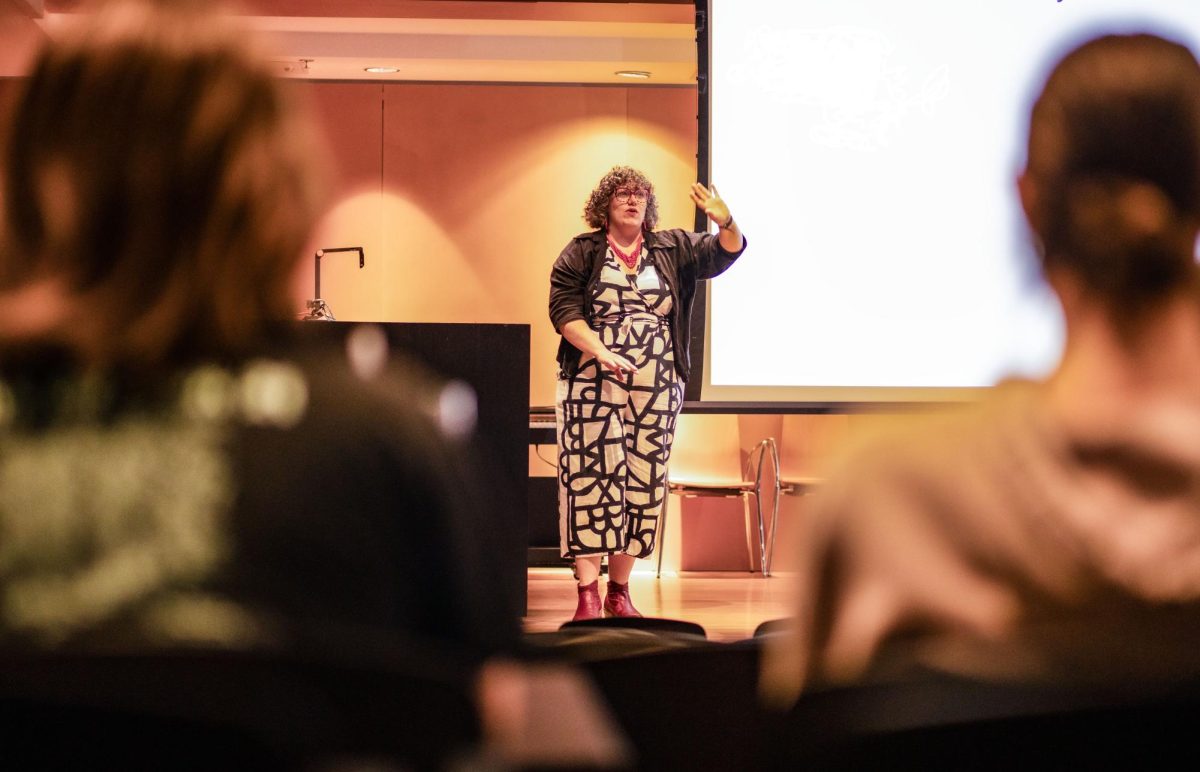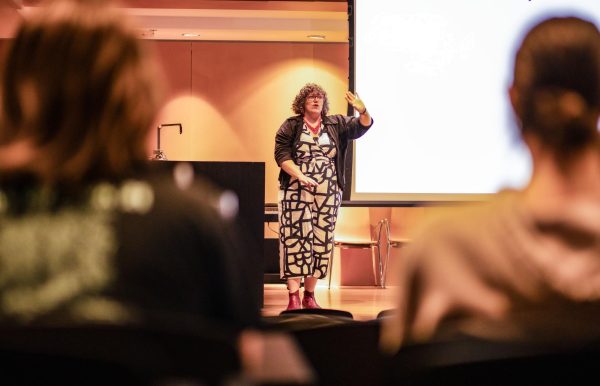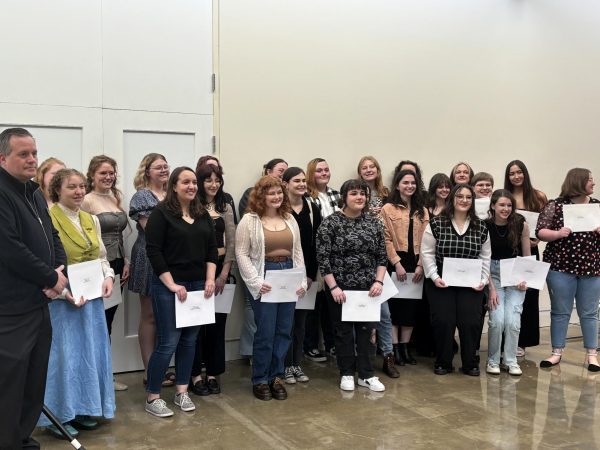Booth Library hosting ‘Flu Then and Now’ exhibit
September 12, 2018
“The Flu Then and Now” exhibit, beginning Thursday, focuses on influenza in 1918 compared to influenza in 2018, the importance of vaccinations and how to prevent influenza and infection.
Beth Heldebrandt, the public relations director at Booth Library, said the library hosts a major exhibit each year, and this year the focus is on the flu.
“It’s the 100 anniversary of the flu pandemic from 1918 where so many died, which affected EIU and Charleston as well,” she said. “We try to present a topic that many will be interested in. Everyone has had to deal with the flu at some point, and everyone is concerned about it.”
Sheila Simons, professor and graduate coordinator in the Department of Health Promotion, will kick off The Flu Then and Now series of events with the opening program, “1918 Influenza: Impact, Implications and Uncertainty,” on Thursday at 7 p.m. in the West Reading Room.
Simons described her role as an epidemiologist as “the CSI of disease.”
“We focus on disease detection and the population that is sick,” she said. “We look at things like the number of new cases, how bad it is, death rates and illness rates, and all of those help us come up with a profile of the actual illness.”
She also said knowing the history of a certain disease can help with that research as well.
“By using that knowledge and the history of the illness,” she said, “we can track it and the number of cases we have, which helps us understand how effective a vaccine is for that year’s flu, if preventive methods are working, and it helps us prepare for the pandemic which, hopefully, we won’t have to endure.”
A pandemic can happen every 10-30 years, according to Simons, which is what happened in 1918.
“More people died (of influenza) in 1918 in one year than in three years of the black plague,” she said. “That was always considered to be ‘the great pandemic’ but that was just a fraction of the population.”
Simons said it is important to be concerned about the flu, especially these days because of the amount of international travel, as it is easier for diseases to spread.
“Two flights were detained at JFK airport last week because people had flu-like symptoms,” she said.
Some ways to prevent catching or spreading the flu, Simons said, involve the vaccine, having good cough and sneeze etiquette by coughing or sneezing into the crook of the arm, having good hand hygiene, social distancing and cleaning cell phones with rubbing alcohol.
“Whether people like it or not, vaccination is still our best method,” she said. “It’s not 100 percent effective, but you don’t get the flu from the flu vaccine. It is not possible. You’re a miracle if you can.”
She also said it is important to know that while hand sanitizer can kill bacteria, it is ineffective in protecting against viruses such as influenza.
Simons said in 1918 there were 75 million global deaths caused by influenza, and to put it into perspective, at that time New York City had a population of about 3 million.
“If we were to look at a similar strain (these days),” she said. “Global deaths would be estimated at 300 million.”
She said every year about 56 thousand individuals die from complications of influenza, but it is almost completely avoidable by getting vaccinated.
“I don’t want to create paranoia,” she said. “I’m just saying this is an easy method.”
The exhibit runs through Nov. 14.
Hannah Shillo can be reached at 581-2812 or [email protected].




